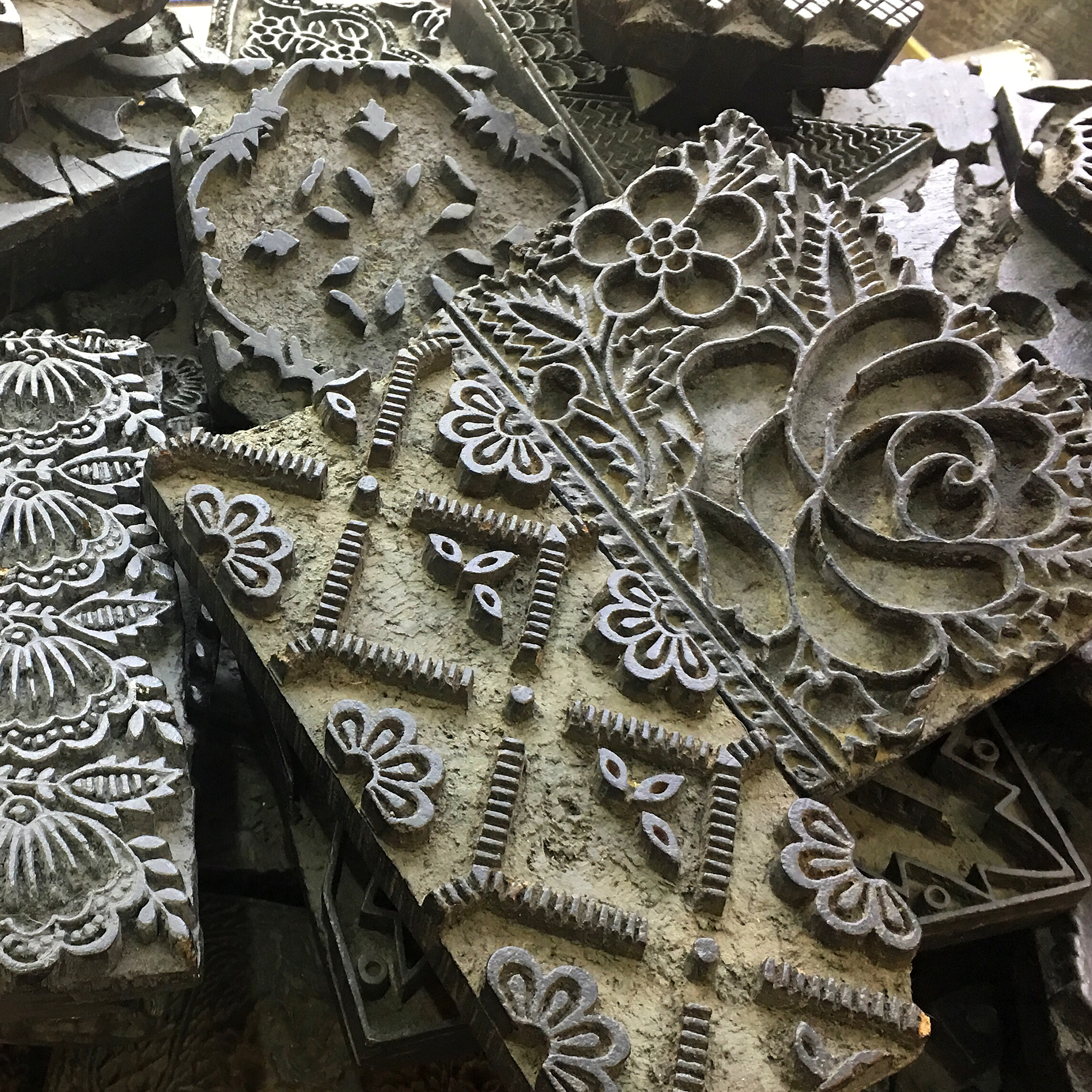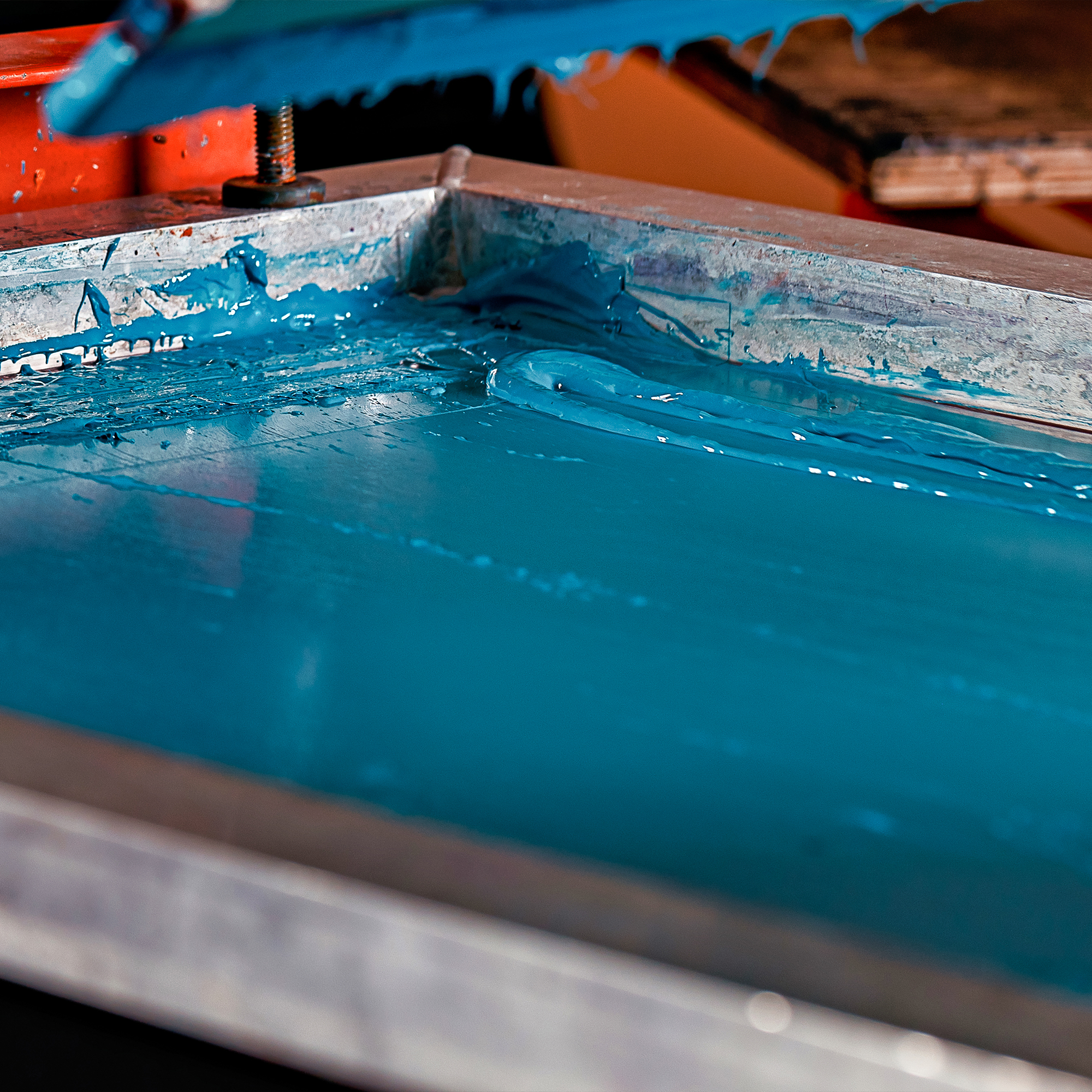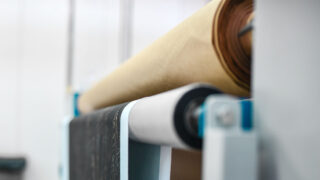History of Textile Printing
History of Textile Printing
Egypt
In Egypt, records from 23 to 79 A.D. describe a hot wax technique similar to the more modern art form known as batik. Unique patterns and color combinations as well as the appearance of fracture lines, due to the cracking of the wax, characterize batik. The Egyptians also used carved designs on wooden blocks to print on fabrics as early as 400 A.D.
Europe
In Europe, the earliest evidence of textile printing is a wooden block discovered in France dated to the end of the 14th century. The family name “Tuchdrucker” (meaning “textile printer),” was well known in Germany by 1440.
United States
In the United States, woodblock printing was practiced in Massachusetts, Pennsylvania, and New Jersey by the 1770s. A tremendous breakthrough occurred in 1783 when James Bell, a Scotsmen, invented engraved roller printing.
Japan
The development of screen printing began in Japan in the middle of the 17th century. Early development involved the use of design stencils held together by fine silk threads or even human hair. This Japanese silk screen technique was taken to France where flat screen printing was developed, initially using silk fabric stretched over a wooden frame.
Industrial Revolution
During the industrial revolution, the development of sophisticated printing equipment and colorant technology enabled textile manufacturers to reproduce highly colored textile designs with excellent color fastness.

Woodblock Printing

Silk Screen Printing
Today, printing can be performed on a wide variety of fibers and fabric constructions employing cost-effective processes. New technologies and advances in existing printing methods continue the expansion of the capabilities of textile printing


